The quick window safety tip to help save British birds
Every year millions of birds die in the UK as a result of flying into glazing. A simple act can change that.
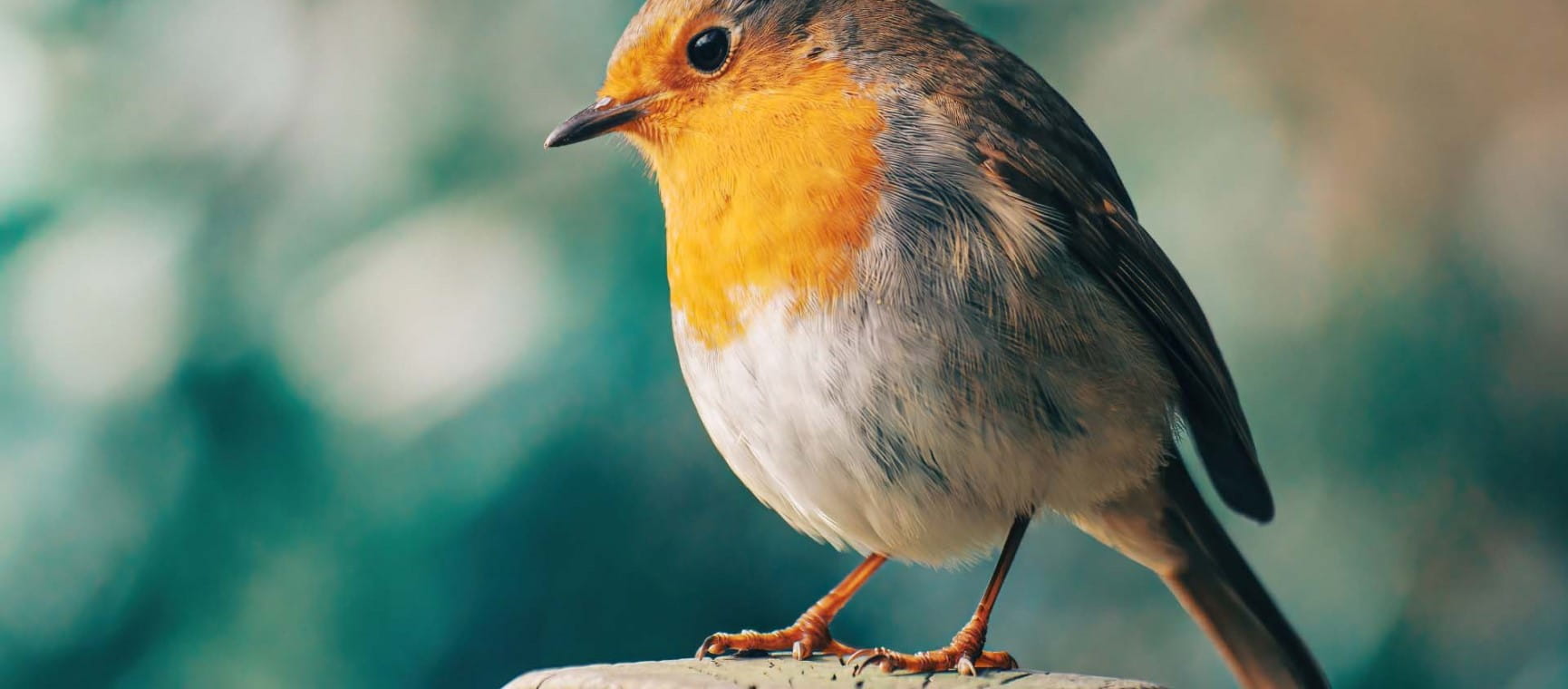
Every year millions of birds die in the UK as a result of flying into glazing. A simple act can change that.

The British Trust for Ornithology (BTO) estimates that up to 100 million birds crash into the windows of buildings in the UK each year – with a third of those birds dying as a result.
Why? It’s down to the glazing, which gives birds the dangerous illusion of a clear flight passage, or continued habitat.
It’s not just the UK where there’s an issue. Every year around the world, billions of birds die due to collisions with glazing.
In the USA alone, it is estimated that in 2023, between 330 million to one billion birds will die prematurely from flying into glass.
Homeowners have sought to remedy the issue of bird collisions by reaching for decals – visibly noticeable films or patterns – to indicate to birds that the glass is there.
In most cases, these window stickers are applied internally, due to glazing being inaccessible above the first floor without scaffolding or high ladders.
But it seems our efforts to protect may be wasted. Organisations such as the Royal Society for the Protection of Birds (RSPB) have long advocated that for these stickers to have any positive impact, they must be applied to the exterior side of windows.
Now, a US team of scientists has proven it.

The New York Times reported the results of a study into the efficacy of applying bird-collision stickers internally. Conducted by Professor John Swaddle of William & Mary University and his team, they discovered that applying the stickers internally provides absolutely no benefits to protecting the birds, making wrongly applied stickers little more than interior decoration.
To get their results, Dr. Swaddle and the team used domesticated songbirds, which they protected from impact with any glazing by using a fine mesh in front of the glass They tested two types of window films and discovered that when used on the outside of the glass window, avoidance increased by as much as 47%.
When applied internally, the stickers were ineffective. One product tested was invisible to humans and the other used a pattern made up of tiny orange and black diamonds.

Vanessa Amaral-Rogers, Senior Science Communications Executive of the RSPB, told us: “Having a bird crash into your window is an alarming experience, even more so if they’re hurt, or even killed. While it doesn’t solve the problem, we suggest fixing an object such as a sticker to the outside of the window which can reduce window collisions.
“First-floor windows can be hard to access and should only be approached safely and professionally – ask your window cleaner for help!”
Other measures recommended by the RSPB include doing whatever you can outside the glass to make it more visible. They suggest cutting out and applying random shapes such as stars and circles from coloured self-adhesive tape.
Amaral-Rogers stresses that while placing stickers outside glazing can greatly reduce injuries and deaths for birds, this sadly never totally solves the problem.

A range of window silhouettes that can help prevent birds striking windows are available from the RSPB website.
In December, leading architectural publication Dezeen made public findings from its own research, showing that none of the UK’s major cities have adopted policies to protect birds from deadly collisions with buildings.
The findings have prompted calls for UK councils to address the issue of bird glazing collisions in planning regulations.
Unlike the UK, the US has adopted more stringent measures to attempt to curtail bird glazing collision deaths, with the US House of Representatives passing the Bird-Safe Buildings Act in July 2020.
US-based bird-friendly organisations such as the American Bird Conservancy (ABC) have also created an extensive database of recommended products and artistic solutions, such as hand-painting glazing, which are independently tested by the conservancy.
Here in the UK, RSPB recommended products are also available on their website. So get sticking and help our feathered friends stay safe.
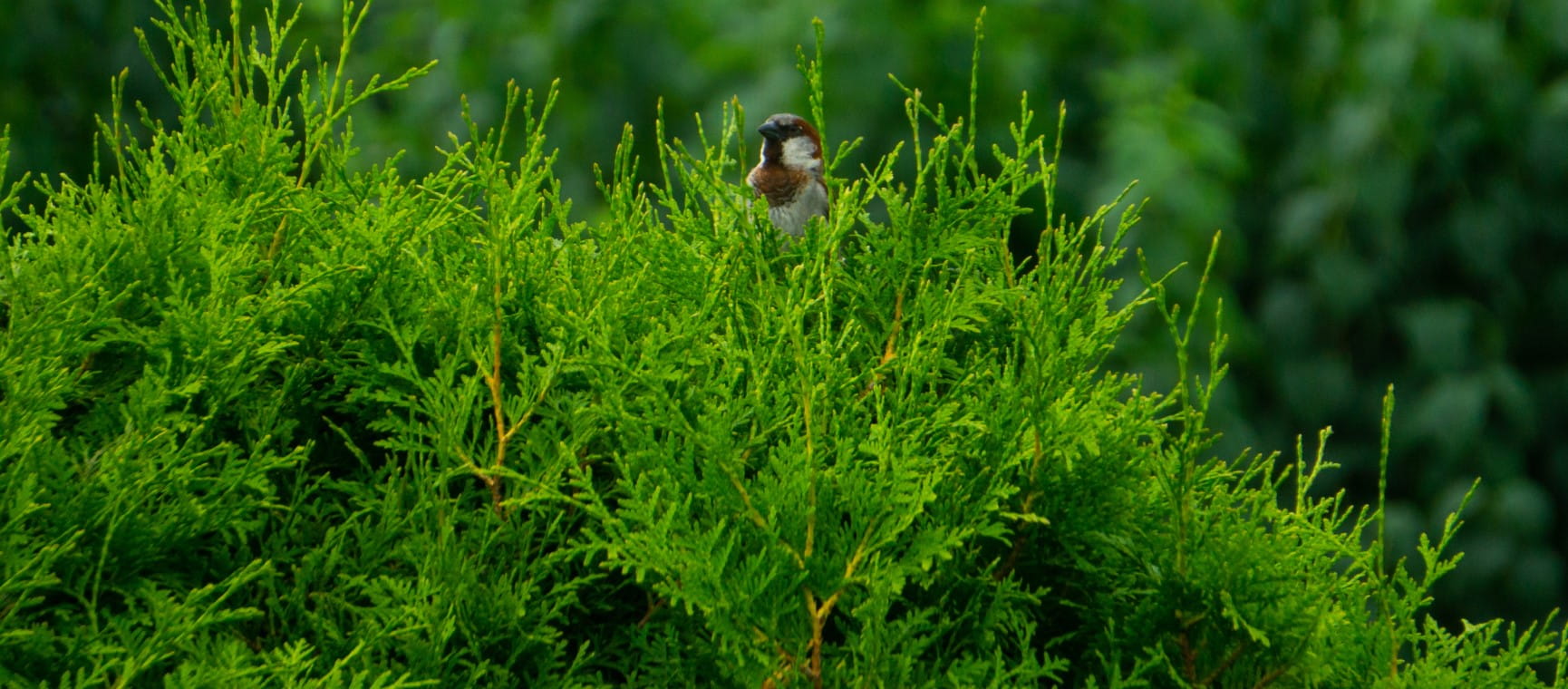

Pots at the ready – these safe houseplants for pets will help your house become tropical, not toxic.
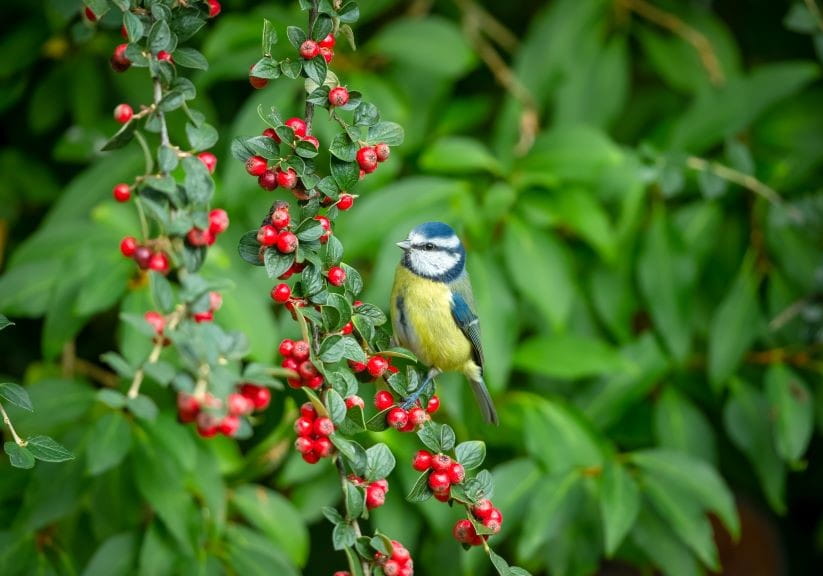
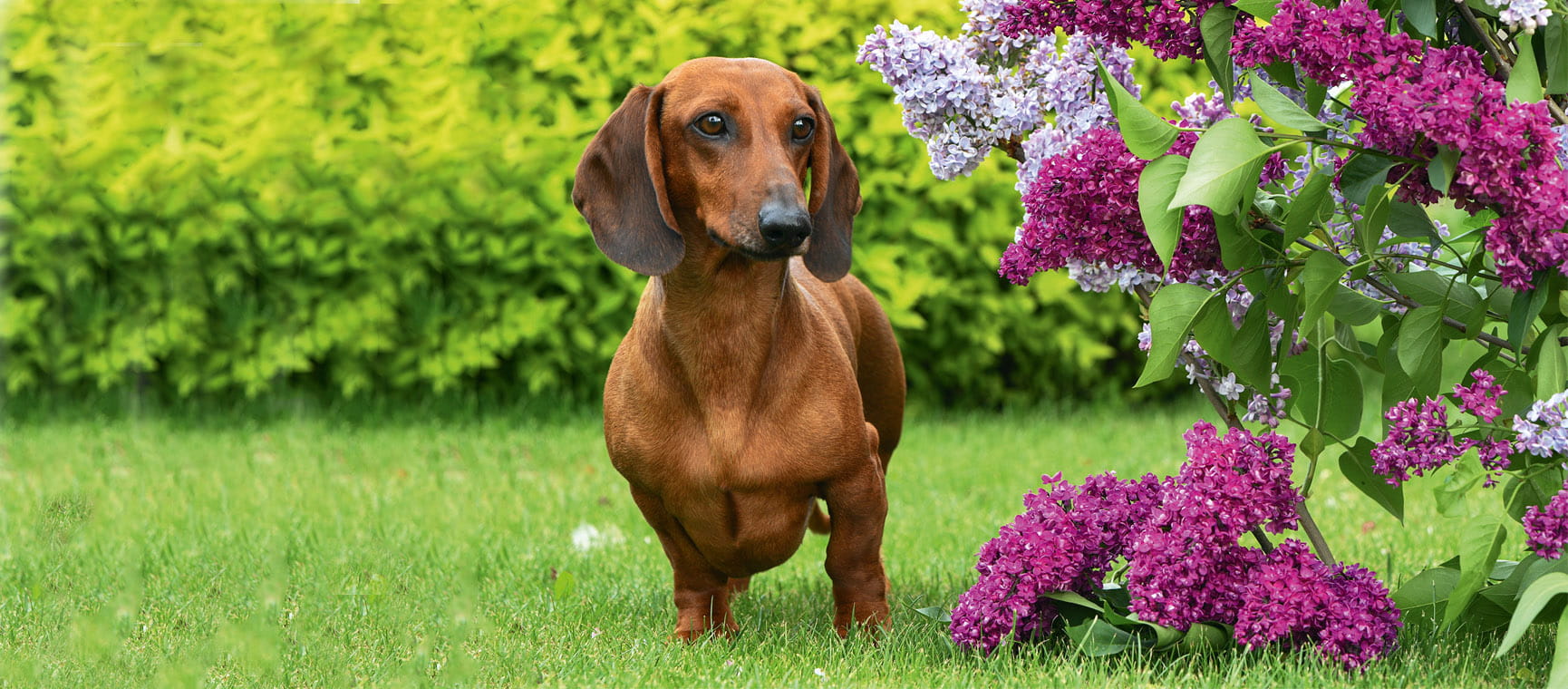


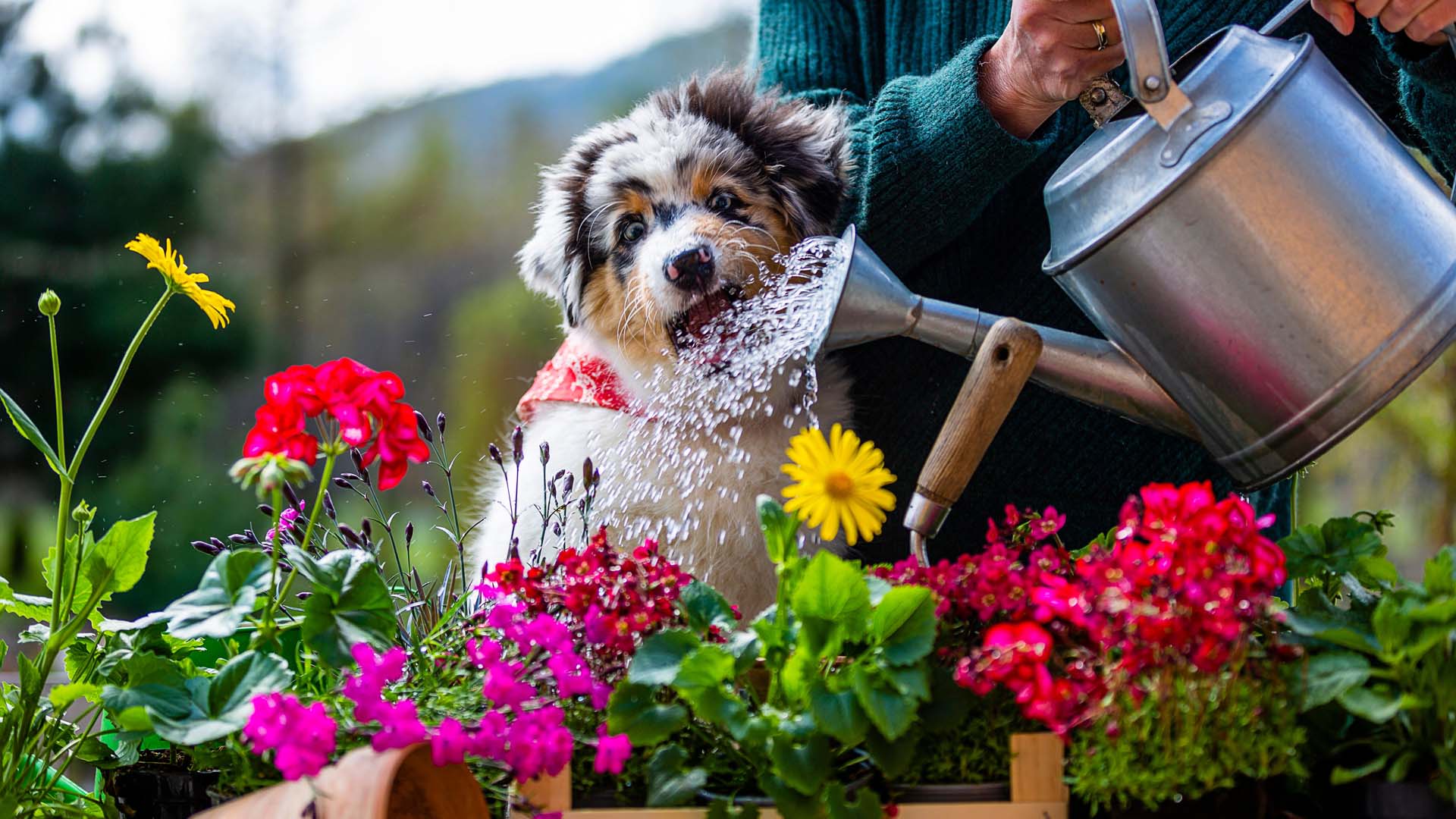

A former Highgrove gardener shares his advice. If they’re good enough for the royals, they’re good enough for us.


We aren’t the only ones to welcome warmer weather, wasps do too and they could be sharing your home. Find out how to identify a wasp nest and what to do about it

If you've seen a large brown rodent in your garden or swimming in your pond you might be wondering what it is. Wildlife expert David Chapman explains how to tell a water vole from a rat


Blighted by buzzing? How to keep wasps out of your garden without harming them so you can enjoy the summer.

Many of us are living with foxes in our gardens - wildlife expert David Chapman explains what to feed them, how to spot illness and whether you can keep them away.

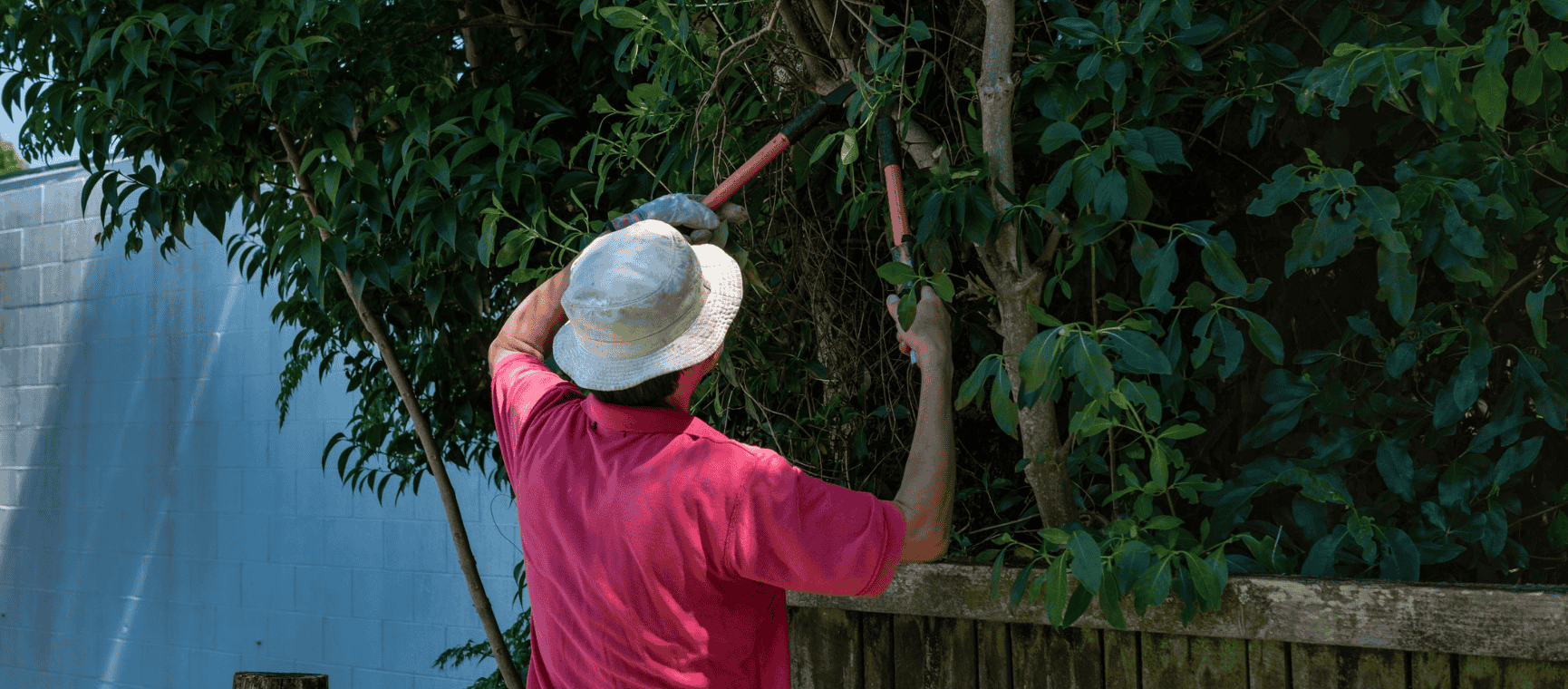
The ways you could be breaking the law in your back garden - with expert advice on how to avoid neighbour disputes, a fine or even a prosecution.